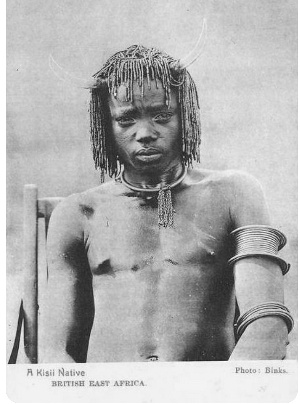Opinions of Monday, 21 March 2022
Columnist: Cephas Debrah
African traditional surgeons (Part 1)
Traditional medicine has a long history that dates back to antiquity. It is known as the oldest form of healthcare practice which is as old as man himself. Before the advent of modern medicine, traditional medicine was largely depended on by different cultures and has undergone many modifications through time.
For centuries, our ancestors have practiced traditional medicine using different species of plants and animal materials as well as minerals for the treatment and healing of diseases. These practices have been shared and passed on by word of mouth from generation to generation.
African traditional medicine is a unique form of traditional practice. As there is an African way of understanding God, so as there is an African way of understanding the world. African traditional medicine practitioners include herbalists, herb sellers, traditional birth attendants, bonesetters, diviners, faith healers, traditional surgeons, and spiritualists.
Among others, one intriguing yet scarcely talked about the traditional medical system in Africa are African traditional surgeons. Yes! You heard me right, African Traditional Surgeons. The evidence available shows some African surgeons attained a level of skill that is comparable, and in some respects superior, to that of Western surgeons, at least up to the twentieth century.
Surgical operations carried out in African traditional medicine include male and female circumcision, tribal marks, cataract, whitlow, cutting of the umbilical cord, inguinal hernia, piercing ear-lobes, uvulectomy, caesarian section, tooth abstraction, trephination or trepanation (surgical intervention in which a hole is drilled or scraped into the human skull), surgery on closed and open fractures and abdominal surgery.
There are recorded accounts of a traditional surgeon who successfully resected part of a patient’s lung to remove a penetrating arrowhead; traditional surgeons among the Nilotic ethnic group inhabiting northern, central, and southern Kenya and Northern Tanzania are reputed to treat pleurisy and pneumonitis successfully by creating a partial collapse of the lung by drilling holes into the chest of the patient.
On cataract operation, the ‘witch doctor’ squeezes the juice from the leaves of an alkaloid-containing plant directly into the eye to desensitize it, then push the cataract aside with a sharp stick. A surprising number of these cases turn out successfully”
During these operative procedures, herbal or mineral anaesthesia may be used. After each of the operations, the patient is treated with herbs to heal the wound. The African traditional surgeon is reputed to know many but understands little.
Traditional surgical procedures presently are on a decline as compared to modern orthodox medical surgeries due to western medicine dominance and complications of procedures such as tetanus, meningitis, and septicaemia.
Entertainment










